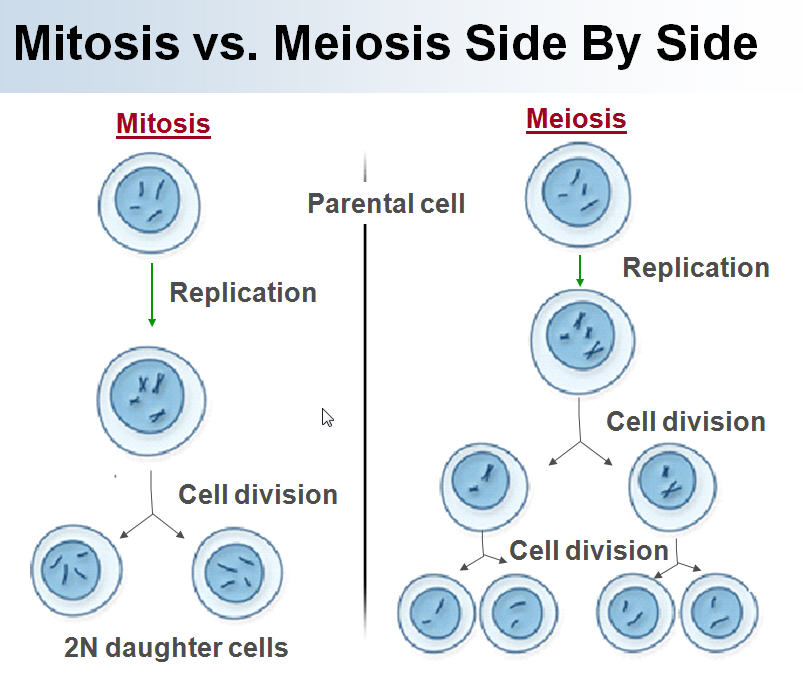Importance of mitosis
Mitosis is the process that a somatic cell divides into two daughter cells. It is an important process in normal organism development. When mitosis is out of control, diseases such as cancer may occur.
Cell structures for mitosis
Mitosis requires a set of specialized cell structures. Chromosomes are the most important part for mitosis because they are duplicated and then separated evenly into two daughter cells. On a chromosome there is a special structure called centromere, where the spindle, a structure pulling the chromosomes to two poles, attach. The spindle is formed around a cytosolic structure called centrosome, which is main driving force for chromosome separation.
Mitosis
Mitosis is composed of prophase, prometaphase, metaphase, anaphase and telophase. The cell cycle phase between two mitoses is called interphase, where chromosomes are loose and stretched. During prophase and prometaphase, chromosome start to condense, in the metaphase, they are visible under microscope. Chromosomes are also lined up in the middle of cell and ready to be pulled to the two poles by spindle. This is done in anaphase and telophase, upon which nuclear separation is finished. Cytokinesis follow and two cells are generated.
Meiosis
Meiosis is the type of cell division by which germ cells (eggs and sperm) are produced. Meiosis involves a reduction in the amount of genetic material. It is divided into two steps: meiosis I and meiosis II. Meiosis I includes Prophase I, Metaphase I, Anaphase I and Telophase I. Meiosis II (Second division) includes Prophase II, Metaphase II, anaphase II and telophase II. Each of these phases are similar but not identical to the corresponding mitosis phases.
Difference between mitosis and meiosis
Meiosis is different than mitosis in terms of the cell division number. During mitosis, chromosomes are duplicated once, and cell divides once, therefore each daughter cell has equal chromosome number which is also equal to the mother cell’s. During meiosis, chromosomes are also duplicated, cell division occurs twice consecutively, leading the half of the chromosome number in 4 daughter cells. This process is used for generating germ line cells, the gametes. When gametes from male and female parents meet, they form normal diploid chromosome number again. Click to watch the movie tutorial on Mitosis and Meiosis" and see our genetics professor explain their difference in cell division.
What is the difference between mitosis and meiosis? The main concept to understand is in how the cells divide - as illustrated below:

The Three Key Differences bewteen Mitosis and Moisis
| |
Mitosis |
Meiosis |
| Number of Daughter Cells |
2 |
4 |
| Chromosome Number |
Same |
Half |
| Genes of Daughter Nuclei |
Identical |
Different |



